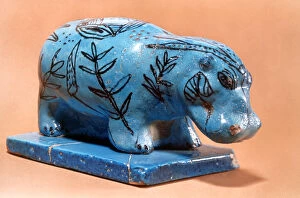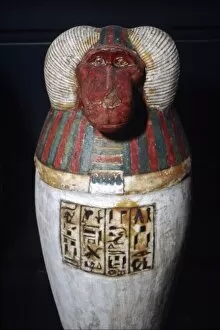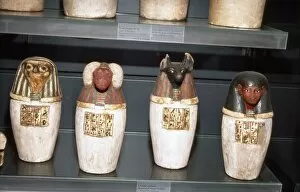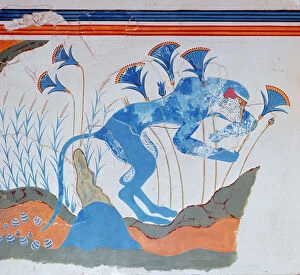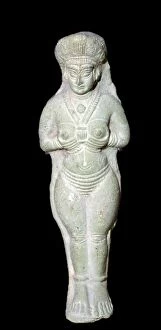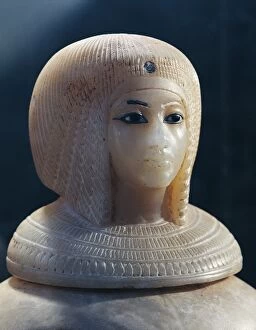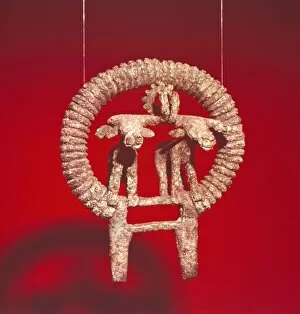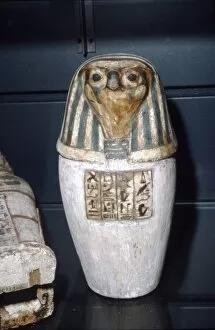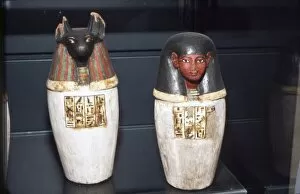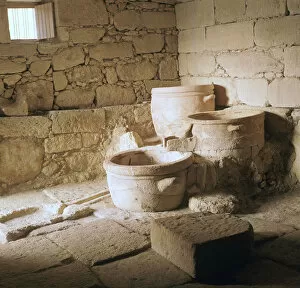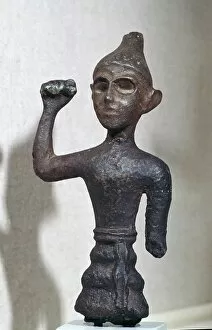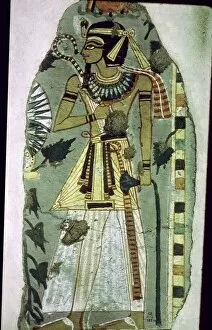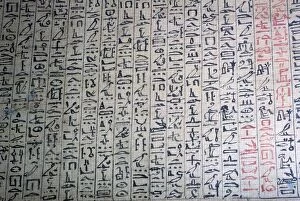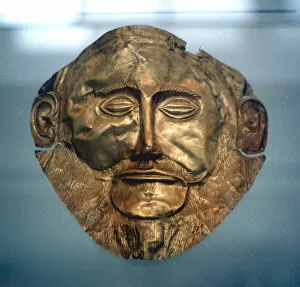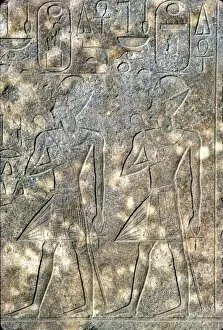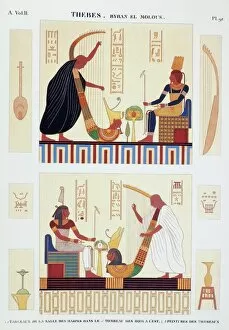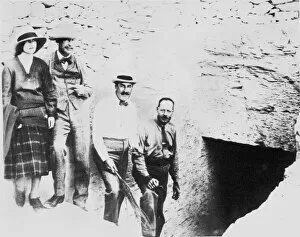16th Century Bc Collection (#4)
"Exploring the Riches of the 16th Century BC
For sale as Licensed Images
Choose your image, Select your licence and Download the media
"Exploring the Riches of the 16th Century BC: From Greek Frescoes to Egyptian Artifacts" Step back in time and immerse yourself in the captivating world of the 16th century BC. Discover ancient civilizations through remarkable artworks that have withstood the test of time. The Blue Bird fresco from Knossos, dating back to the 17th-14th century BC, transports us to Minoan Greece. Its vibrant colors and intricate details depict a scene filled with life and beauty. Another Greek civilization masterpiece is a fresco depicting a ship procession from Akrotiri, Thera Island, Santorini. This artwork offers glimpses into their seafaring culture and maritime traditions. Intriguingly preserved from Akrotiri as well is a fresco showcasing springtime scenes. The delicate brushstrokes capture nature's rebirth, reminding us of humanity's eternal connection with seasons. Moving eastward, we encounter Tetisheri, an Ancient Egyptian queen reigning during this period. Winifred Mabel Brunton's artistry brings her likeness alive for us today—a testament to both artistic skill and historical preservation. Returning to Greece once more, we find another fascinating fresco portraying fishermen at work on Akrotiri, Thera Island. It provides insights into their daily lives while highlighting their reliance on marine resources. A scarab artifact takes us deep into Egypt's New Kingdom under Thutmose I's reign—symbolizing power and protection within its intricate design—an emblematic piece representing this era’s beliefs. Thoth as Baboon adorns a Canopic Jar from Egypt's 22nd Dynasty—a unique blend of religious symbolism and artistic craftsmanship that honors one of Egypt’s most revered deities. Padiuf’s False Canopic Jars also hail from this dynasty—reminding us how ancient Egyptians honored their deceased by preserving vital organs inside these beautifully decorated vessels.

